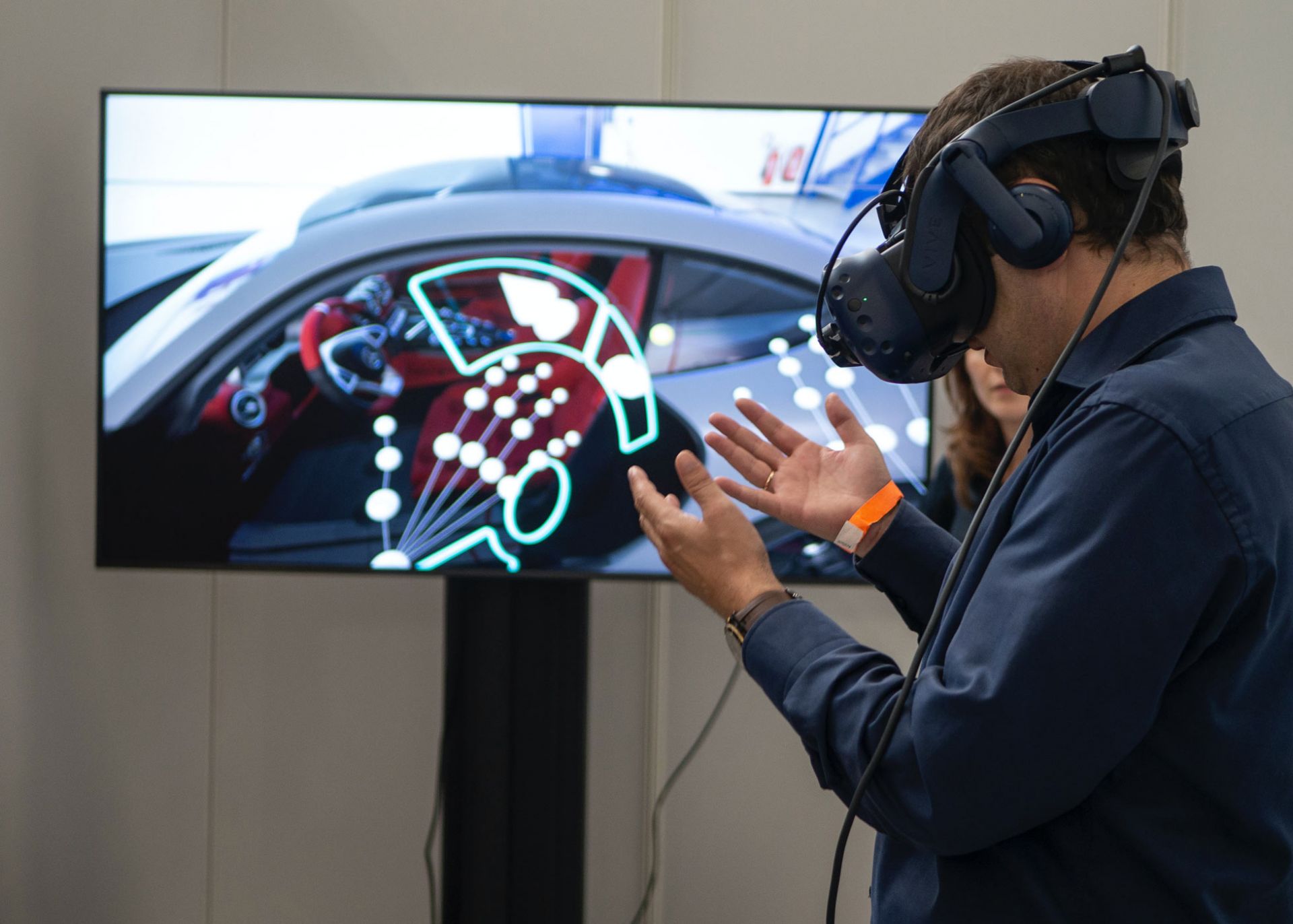Frequently Asked Questions
COMMON ACT AV TECHNOLOGY QUERIESAn A/V control system is the heart and brain of a collection of communication hardware and software that allows the operator to control each piece in tandem or individually. It is a real multi-tasking tool that functions to streamline the various commands that control the individual technology. Think of it as a sophisticated and innovative device that facilitates collaboration between the different hardware mechanisms, thereby facilitating collaborative efforts among employees and management. They can be used to run a single conference room or the entire office. A/V is an abbreviation for audiovisual technology. A/V systems can be comprised of an assortment of hardware that includes conference telephones, video cameras, interactive whiteboards, digital signage, computers, smartphones, tablets, wireless connectivity, and more. Many firms are beginning to see the value in incorporating a single control module. These systems are a smart and necessary investment for a business that relies on conferences and presentations as a matter of routine.
The simple answer is that the system brings together the various technologies in use and runs them in a seamless manner. The idea is to keep the A/V control system as simple to use as possible. Control can be automated or run manually, and it should not be significantly hard to learn how to use
RTI offers complete AV Control systems to include Controllers, Touch Panels, keypads, Remotes. Matrix Switchers etc for both commercial and residential applications.
The components that typically go into a digital signage solution are the following:
- Display (4k UHD digital screen)
- Digital signage content management system (CMS)
- Digital signage media player
- Content (video, graphics, web feeds and more)
- Network (LAN and/ or WAN, wired or wireless)
- Analytics software
A digital signage system works by delivering and displaying content such as digital images, video, streaming media and information. The displayed content is filed and the schedule information is edited in the content management system. The data is stored in the CMS and distributed to the media players. Each player then reproduces the contents according to the schedule specified for it and updates the digital display accordingly.
Cloud or Premise
Digital signage is accessible in two ways: cloud-based and premise-based.
Cloud-based digital signage solutions are accessible via the internet and the content exists on a server hosted in the cloud. The benefit of a cloud-based solution is that content can be uploaded and edited anytime and anywhere.
Premise-based digital signage solutions, on the other hand, are hosted locally. The content and software are contained in a server hosted by the company. This allows for total system control but requires more manual labor on premises when editing or changing the ad content.
such as media player health status, updating of the components on the system, taking action against the devices such as carrying out updates, reboots, and general maintenance.
Frequently Asked Questions
GENERAL QUESTIONS ON AUDIO VISUAL TECHNOLOGYSo, what is AV technology? Putting it simply, audio-visual technology works in synchronization to broadcast visual and auditory content. These systems essentially work together to ensure that the sound matches the image and the image matches the sound.
The most common types of audio-visual technology include radio, motion pictures, visual displays, projectors, and more!
Audio-visual technology is so versatile and is making huge waves across several industries. To help you navigate this, here’s a quick guide to the latest advancements in AV technology:
Video conferencing
With studies from the US showing that only just 4% of businesses are making their employees go back to full-time office work, it’s no wonder that the demand for better video conferencing solutions has surged.
Video conferencing is likely to take on a different identity in the coming years as we navigate this new approach. Several industries have now identified that returning to the office full-time is neither necessary nor practical for many people, so video conferencing is a must to ensure that we stay in touch and engaged with each other.
Video conferencing is transforming into a professional collaboration service, allowing businesses to connect with its employees and partners no matter where they are. Companies are likely to work on revitalizing their approach to video conferencing and collaborative workspaces, making office work a thing of the past!
Online events
It’s not a secret that the last few years have meant that the majority of us have opted for a recluse lifestyle, and while this has had a knock-on effect on the events industry, it’s meant that the industry now has headroom to adapt and flourish. Online events have become a staple since the pandemic, allowing artists to take their events into their own hands and stream content on virtual platforms. From concerts on Fortnite to live theater on our phone screens, online events are entering a new phase.
This means we no longer have to queue for long hours for huge stadium tours that we can now enjoy from the comfort of our own homes. While this is unlikely to overtake live events, this is still an example of how companies and artists are using AV technology to make their events more accessible to the public.
Virtual/Augmented reality
We’re beginning to see a shift in the AV sphere, with big businesses taking a leap into the fantastical. Believe it or not, with the power of AV technology, you can now step into the world of make-believe and enter what is known as ‘virtual reality.’
Sophisticated headgear and earpieces now allow you to fully immerse yourself into another world, allowing you to see, hear and feel what is not really there. Similar to this, major tech companies are also making huge waves in augmented reality, allowing us to step into any scene in the real world without moving.
With the demand for VR on the rise, huge gaming and entertainment companies are beginning to shift their business models to accommodate the surge in demand. This means we could be on the verge of seeing audio-visual solutions take on an entirely new identity.
We know that making a decision between the different audio-visual technologies can feel difficult, especially when each solution offers users different experiences. To help you make your decision, we’ve compiled this step-by-step guide that you can follow when choosing the right technology for your project:
1. Think about your event and its uses
AV technology isn’t a one-size-fits-all system, and each project requires different systems and technologies to reap the best reward. So, before you add items to your shopping cart, you should consider what your event or systems will need.
Ask yourself some of these questions:
“How many people will see my presentation?”
“How complex do I want this system to be?”
“What are the overall goals of my presentation?”
“What future uses will I need from my AV technology?”
The answers to these questions will help you decide on the level of sophistication you require from your AV solutions.
2. Think about your budget
Technology can be expensive, so it’s important to not simply buy into any hype or follow trends. Your project will have its own budget, so you need to think about how much you’re willing to spend on AV equipment. Your budget will be determined by the size of your project, how long you need it to operate, and the size of your audience.
3. What are your capabilities?
While AV systems offer you a single simple interface to work from, your decision should also be based on your own AV technical skills. This is because investing in complicated equipment that you struggle to operate may harm your production. Therefore, you should make your decision based on what you can personally handle and operate.
There you have it! Your guide to all things AV technology. Make sure you check out the rest of ACT’s blog for all the insider tips on AV technology and browse through our solutions to see if we can optimize your AV setup today!



